Aerosol spray cans are commonly used in various industries, from household cleaning to industrial applications. Have you ever wondered what makes these aerosol products work?
この記事では, we will explore the mechanism of an aerosol spray can, how aerosol bottles are pressurized, and how the contents of an aerosol spray bottle are released. Let’s see together!
What is the Mechanism of Aerosol Cans?
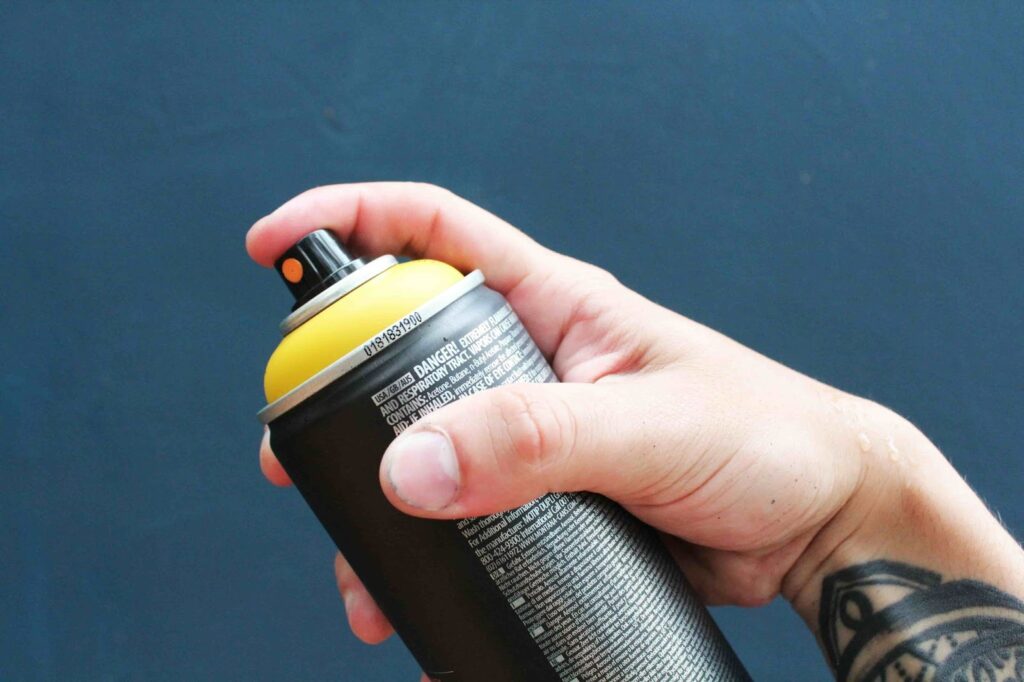
エアゾール缶 (including aerosol spray bottles and aerosol tin cans) work based on the principles of pressure and propellants. Here’s a closer look at the key components that make up this delivery system:
Pressure-Driven Dispensing
- The propellant creates the liquid product inside the can under high pressure.
- When you press the nozzle, the valve opens, and the liquid is pushed out due to the force of the pressurized propellant.
Key Components
- Canister
Typically made from aluminum or steel, the canister houses both the liquid and the propellant, maintaining the pressure required for dispensing the product.
- Valve
The valve controls the release of the product. When the nozzle is pressed, it opens and allows the product to escape.
- ノズル
Directs the product as it exits the can, forming a controlled spray or mist.
Product Types
- Aerosol cans can contain a wide variety of products, such as paints, 消臭剤, エアフレッシュナー, and cleaning solutions.
How Do They Pressurize Aerosol Cans?
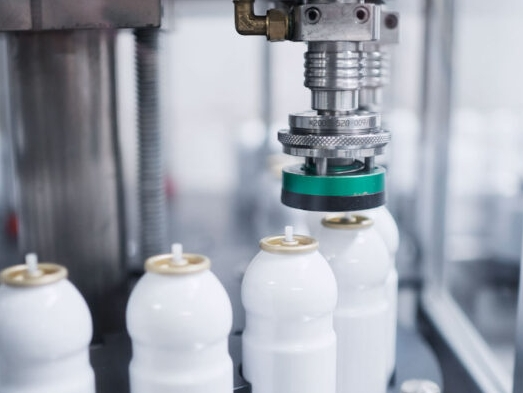
Aerosol spray cans, including aerosol bottles, are pressurized by the addition of a propellant. The propellant is a key element in creating the necessary pressure. Here’s a detailed look at the process:
Propellant Types
- Liquefied Gases
Common propellants include butane, プロパン, or carbon dioxide. These gases are stored in a liquid state within the can.
- Non-Liquefied Gases
In some cases, gases like nitrogen are used as propellants, especially in products where a non-flammable option is preferred.
Pressurization Process
The propellant is added to the can before sealing, and it creates internal pressure that pushes the product toward the nozzle. The pressure ensures that the product remains in a ready-to-use state until you press the nozzle.
Maintaining Pressure
The can is tightly sealed to maintain the high pressure, which helps the liquid product stay in suspension until it’s ready to be sprayed.
Pressure vs. Temperature
Temperature can affect the pressure inside the aerosol can. For example, leaving a can in a hot environment can increase the internal pressure, making it more prone to accidental release.
How Do Liquid Contents of an Aerosol Come Out?
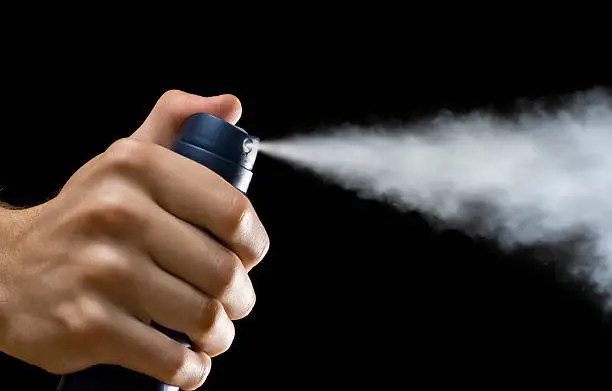
The liquid in an aerosol spray bottle or aerosol tin can is dispensed through a combination of pressure and valve mechanisms. Here’s how it works:
Liquid Movement
When the valve is activated by pressing the nozzle, the liquid product is pushed toward the valve by the pressurized propellant. The liquid travels through the valve and nozzle, where it is either atomized or dispensed directly as a spray.
Vaporization and Atomization
- Vaporization
In some aerosol products, the propellant mixes with the liquid, causing it to vaporize as it leaves the can, creating a mist. This is common in products like air fresheners or spray paint.
- Atomization
The liquid is broken up into tiny droplets, which helps create an even, controlled spray pattern.
- Spray Pattern Control
The nozzle design plays a crucial role in controlling the spray pattern. Different types of nozzles can create different effects, such as a fine mist or a targeted stream.
Safety Considerations for Aerosol Cans
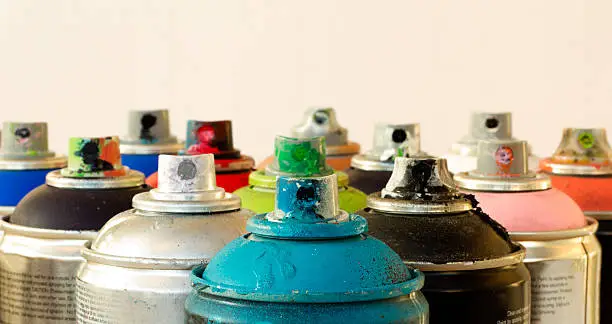
エアゾール缶, whether spray bottles or tin cans are safe when used correctly, but certain precautions should be followed:
Handling
- Always read the label for handling instructions.
- Aerosol cans should not be punctured or exposed to high heat, as this could lead to the release of pressurized contents or even cause an explosion.
Proper Disposal
- Do not dispose of aerosol cans in an open flame or incinerator.
- Always check the product’s label for proper disposal instructions.
環境への影響
Modern aerosol cans now utilize environmentally friendly propellants, such as compressed air or carbon dioxide, replacing harmful CFCs (chlorofluorocarbons), which have been phased out due to their detrimental effects on the ozone layer.
Tin Can Manufacturer with One-stop Package Solution
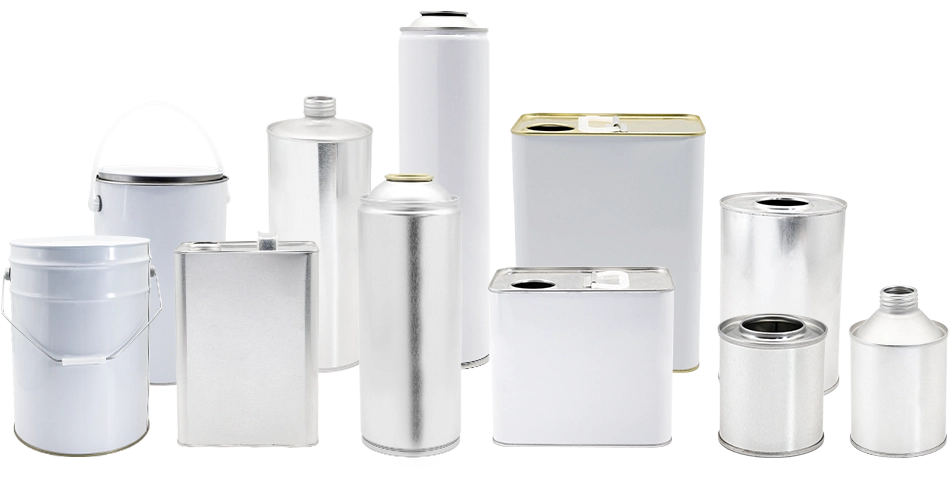
Years of Expertise
と 30+ 長年の経験と 20 生産ライン, FANXUN redefines industrial packaging with precision-engineered tin cans and a comprehensive one-stop packaging solution.
大量の注文でも、小ロットの注文でも, サプライチェーンの関係をシームレスに統合して、お客様のすべての要求を満たします.
How Customized Tin Can Works
- 最初の相談
私たちはあなたの独自のパッケージングのニーズを理解するために、詳細な会話に参加することから始めます. 私たちの専用チームはあなたの要件に注意深く耳を傾けます, あなたのビジョンを明確に理解することを保証します.
- デザインコラボレーション
相談に続いて, our expert design team collaborates with you to bring your vision to life.
- 迅速なソリューションの提出
Within just one day after understanding your needs, 包括的なソリューションを提供します, 設計提案を含む, 重要な提案, そして詳細な引用.
- サンプル開発
提案されたソリューションの承認時に, サンプル開発段階に迅速に移動します. 私たちの高度な生産施設は、あなたの評価のために有形のサンプルを迅速に作成することを保証します.
- 制作との緊密なコラボレーション
デザインとサンプルを完成させた後, our production team steps in to bring your custom tin cans to life.
- 品質管理
Fanxunは、生産のあらゆる段階で厳しい品質管理措置を維持することに誇りを持っています. Automated testing and manual inspections ensure that each useful tin can not only meet but exceed your expectations.
- 柔軟な注文数量
FANXUNにて, 各ビジネスには独自の要求があることを理解しています. 私たちの柔軟性は、注文量にまで及びます, allowing you to order precisely the number of customized tin cans you need.
- シームレスなアフターセールスサポート
お客様の満足に対する私たちのコミットメントは、配達で終わりません. 問題が発生した場合、または購入後に追加のリクエストがある場合, 私たちのアフターセールスサポートチームは支援する準備ができています. 継続的な満足を確保するための対面ソリューションを提供します.
結論
Aerosol spray cans, aerosol bottles, and aerosol tin cans are ingenious products that rely on pressure and propellants to function. The internal pressurization, combined with an efficient valve system, ensures that products are dispensed safely and effectively.
Understanding the mechanics behind these products not only highlights their convenience but also their safety and environmental considerations.






















